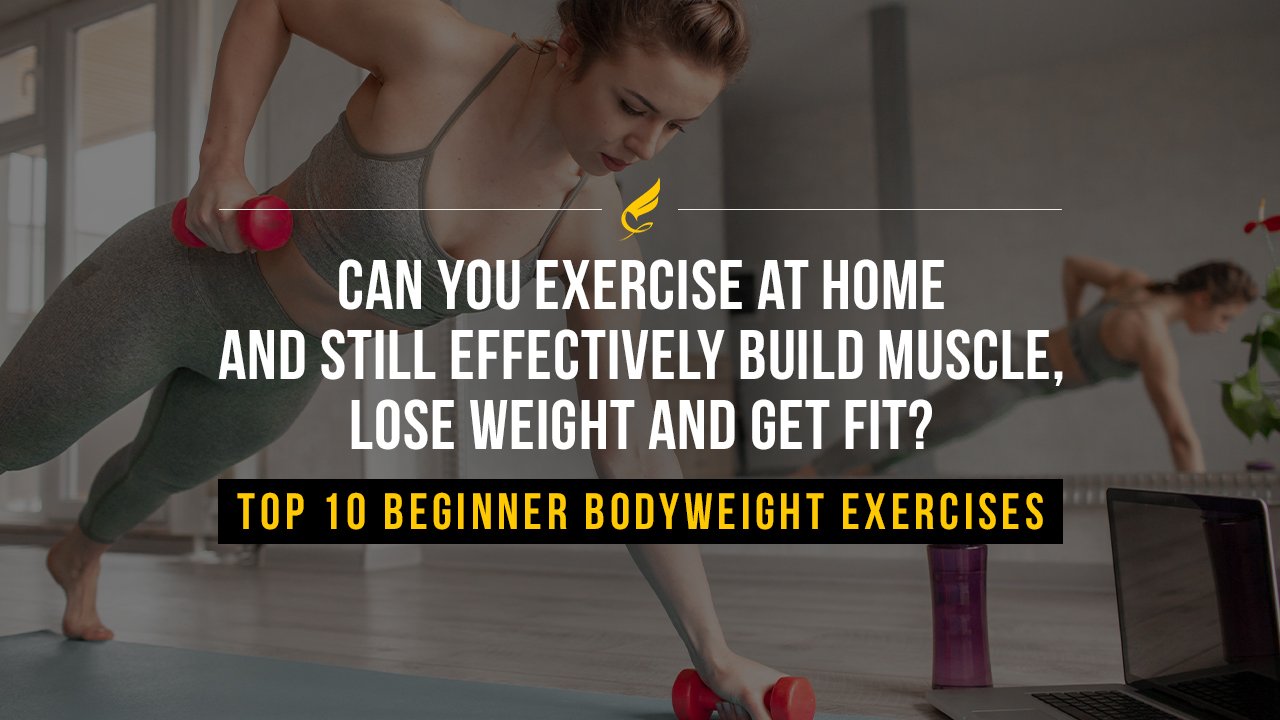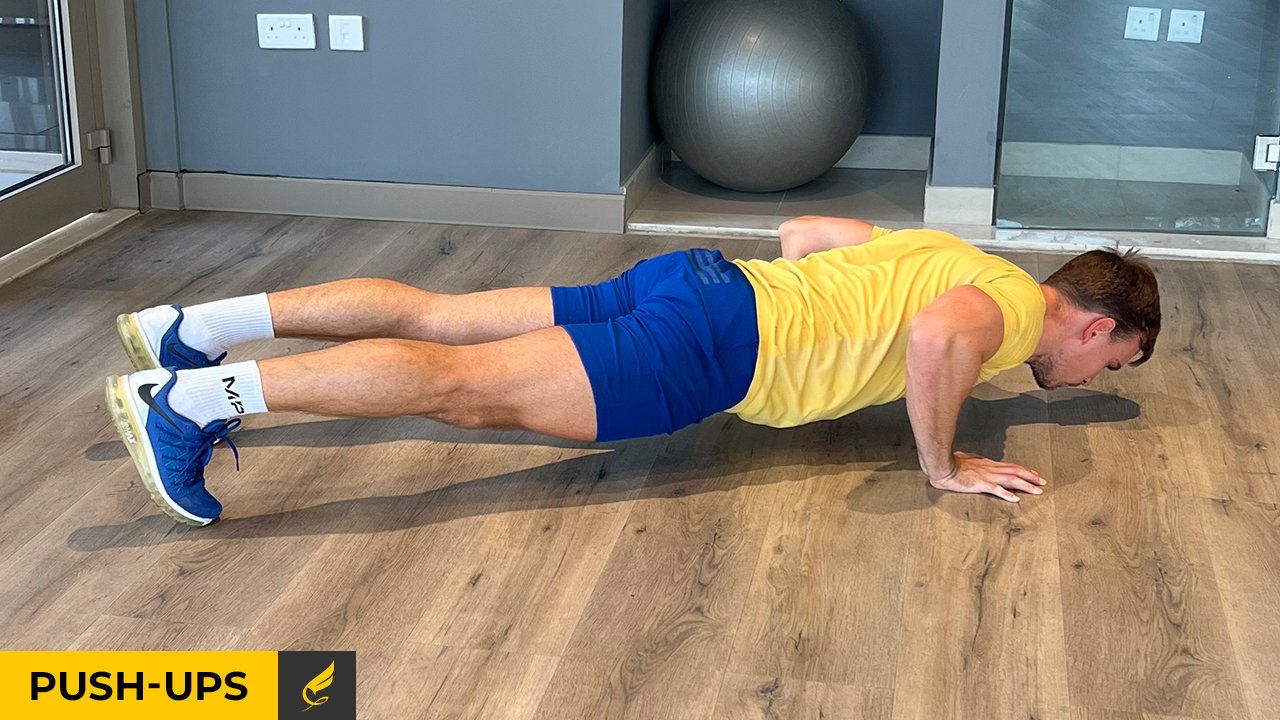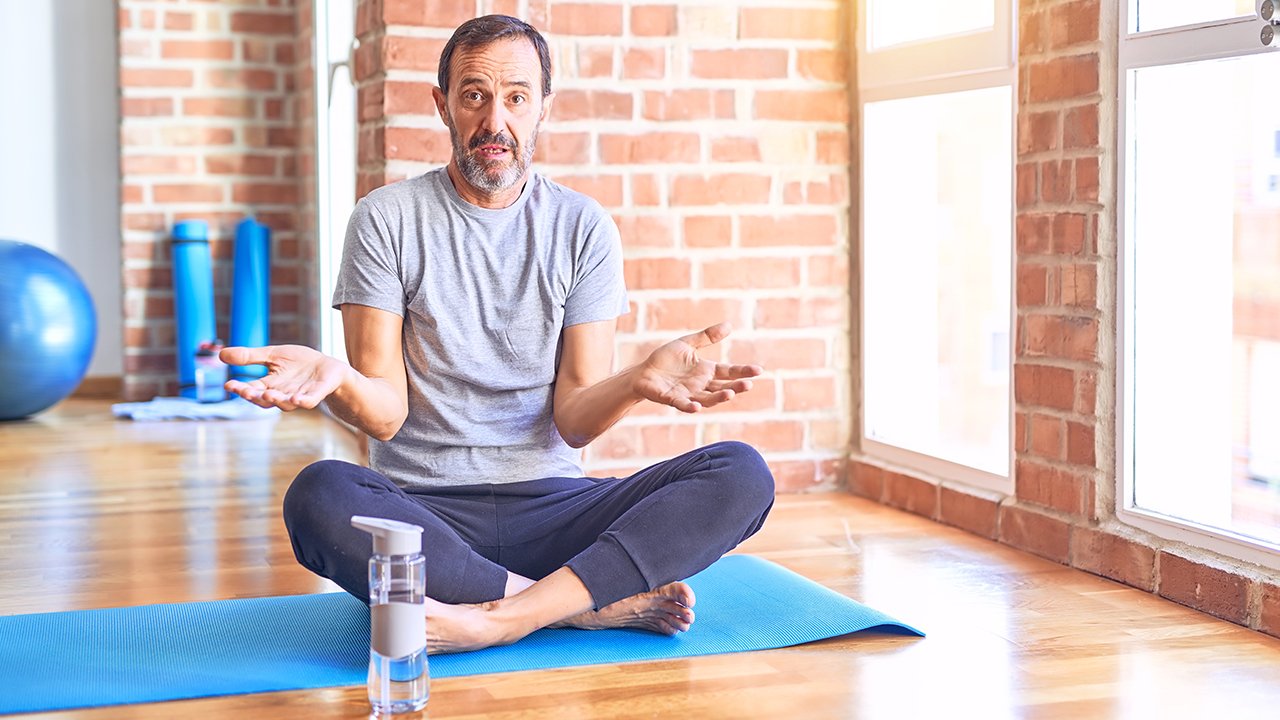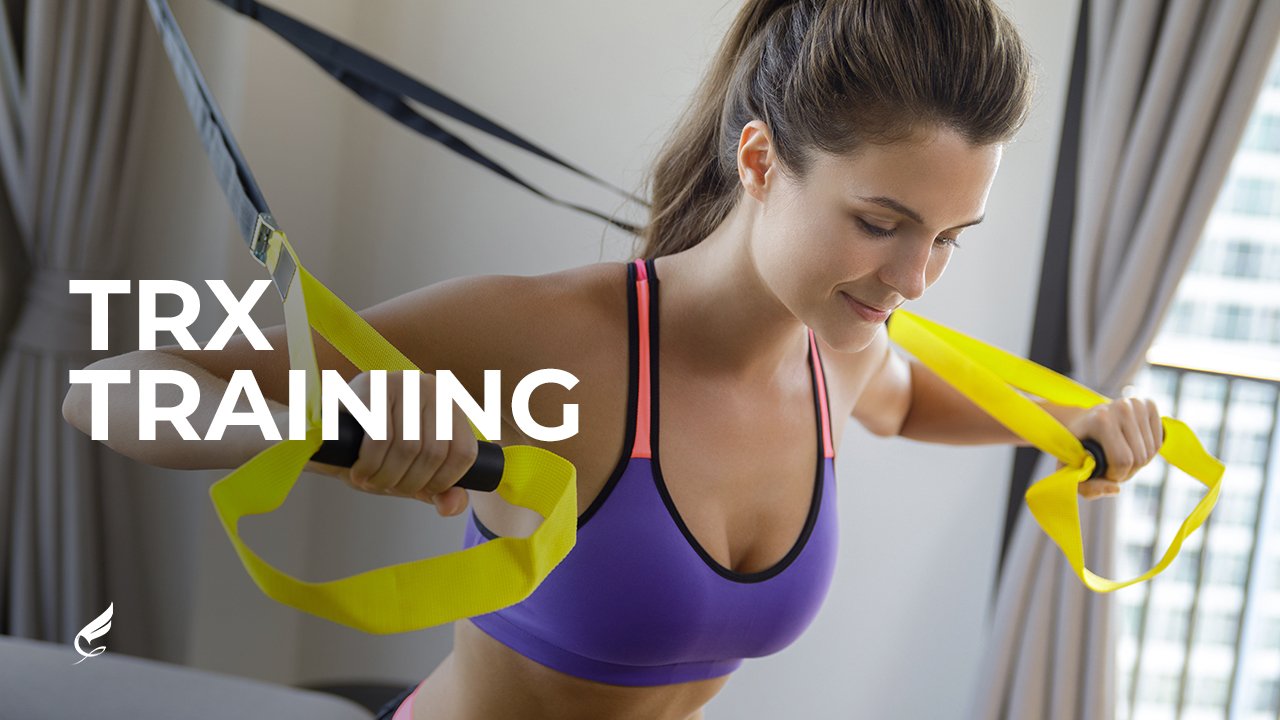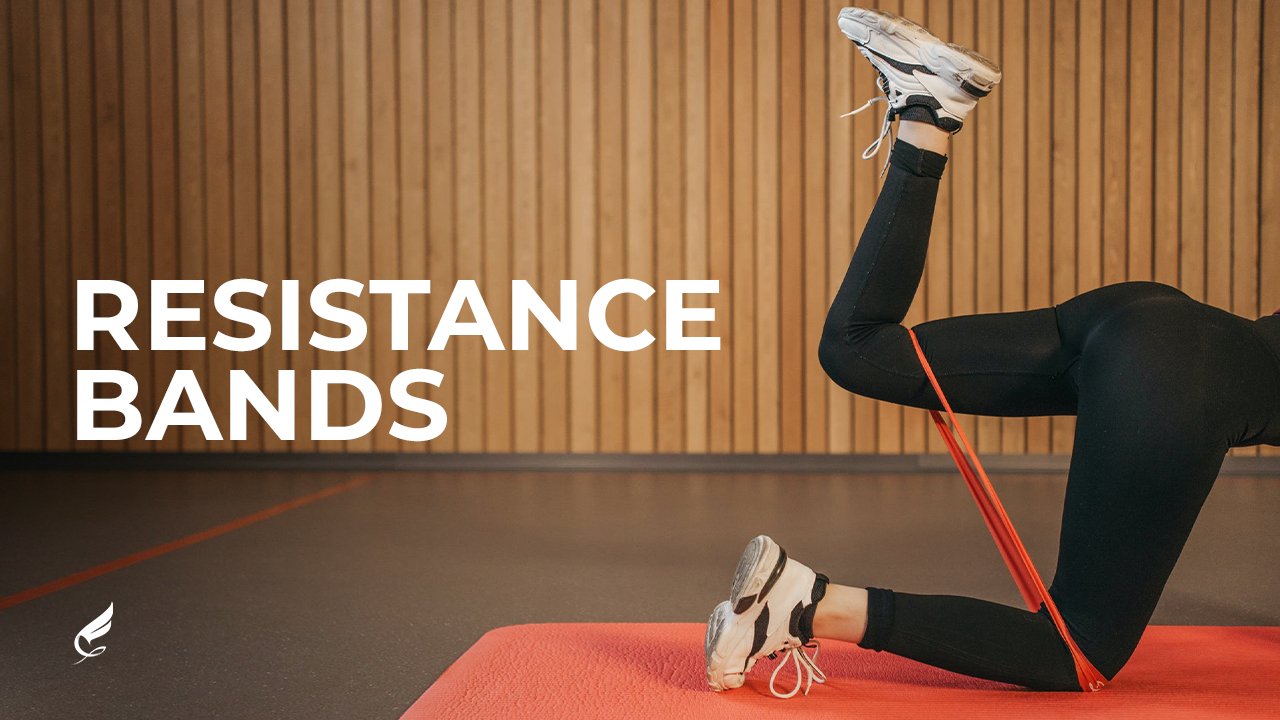Can You Exercise at Home and Still Effectively Build muscle, Lose weight and Get Fit? Find out The Top 10 Beginner Bodyweight Exercises and Get Access to our Free Workout App!
Can you exercise at home and get FIT? The answer is a resounding "yes!" You can get more significant results simply because of the convenience that training at home offers. You can also save a lot of money by not paying for a gym membership. The key to success is consistency and knowing how to stimulate your muscles the right way no matter where you train! In this blog post, I will provide you with my top 10 beginner bodyweight exercises, I will also recommend a few training tools to spice up your workouts, and you will be able to download our Free Fortius Fit Workout App!
Blog Outline
Questions and answers: home VS gym training
Top 10 beginner bodyweight exercises
What is steady-state cardio
What is high-intensity interval training
When should I stretch, and how to do it properly?
Top 5 tools to add to your home workouts
Why choose Fortius Fit free workout app?
Bonus Answer - What is the best workout to do at home?
1
Questions and answers: home VS gym training
Can working out at home be as effective as gym training?
The above is a very complex question, and the most straightforward answer is it depends! It depends on multiple factors like:
what your training experience is,
what your current fitness level,
and what is your specific training goal?
If you are a beginner who has never entered a gym before, any stimulus will bring results. You do not need to bother about the optimal stimulus, but what environment will be most convenient for you and provide you with the biggest opportunity to stay consistent. For most beginners, it is very tough to stay consistent, and it is one of the main reasons they fail on their fitness journey.
My goal is to lose weight. Should I choose gym training or home training?
If your primary goal is to lose weight, you can have equally good results whether you train at home or in the gym. The key to weight loss is to burn more calories than you consume, and you should choose the environment based on your personal preference. If you like to walk in the park more than on a treadmill in a gym, feel free to do so without worrying about which one is more effective.
My goal is to tone which one is more effective?
Both training at home and the gym can be efficient for toning your body. If you implement bodyweight exercises, you can get enough stimulus to shape your body, build muscle, and even have visible abs. There is a benefit of hitting the gym primarily due to the variety of machines that you can use to isolate and stimulate each muscle more effectively without fatiguing the whole body. Thanks to the great variety of exercises that modern gyms have, you can stimulate muscles like the hamstrings, glutes, back, and others in a variety of ways that are more effective for the target muscle but less fatiguing than when doing exercises with just your body weight. When it comes to training at home with your body weight, you will see that often general fatigue kicks in before you even give your muscle the stimulus it requires to change. Also, some muscles are hard to engage when training at home, especially if you are an intermediate or advanced trainee. Usually, quads, chest, and shoulders get more work than the hamstrings and back muscles, which are much harder to engage with bodyweight exercises. However, this should not concern the average joe who wants to lose a few kilograms, tighten his waist, and pump his chest a bit.
My goal is to build as much muscle as possible which one is better?
In this case, the gym option wins by a considerable margin! You can not expect to have big gluts and quads, a broad back, and huge rounded shoulders even if you have the best home workout program out there!
To work with a professional click here.
My goal is to improve my cardiovascular health and increase my stamina. Which one is better?
In that case, the environment you train in does not matter, so choose according to your personal preference. If you are looking for a personalized cardio program, you can reach out to us at info@fortiusdubai.com.
As you can see, deciding between home training and gym training is not that simple. Still, unless you are an advanced trainee, you should always choose a more convenient option for you to manage the most crucial element on any fitness journey: consistency!
2
Now let's have a look at my top 10 beginner bodyweight exercises!
Bear Walk
Bear Crawl
Staggered Squat
Side Lunge
Single-Leg Glute Bridge
Hamstring Walkouts
Push-ups
Pike Push-ups
Forearm Plank
Side Plank
This set of exercises represents not even 1% of all the existing bodyweight exercises. They are great for anyone planning to start their fitness journey or who has had a long break from training. Combine it with a good cardio program, and you will excel on your fitness journey.
Let's explain the exercises in some more detail:
1. Bear Walk
Bear Walk is a fantastic exercise that will help you stretch your calves, hamstrings, and glutes while at the same time warming up your entire upper body.
Starting position:
arms straight positioned should width apart
legs fully extended
feet shoulder-width apart
drive hips up towards the ceiling
Movement:
alternate between the right foot and left arm and the left foot and right arm
as you get better at this movement to reduce space between your feet and arms
always push the heels down towards the ground
This exercise is an excellent warm-up before a full-body workout
2. Bear Crawl
Bear Crawl is another excellent exercise if your goal is to move with ease and improve your chances of living a long and productive life. This exercise warms up your quads, core, and upper body musculature.
Starting position:
arms straight shoulder-width apart positioned just under your shoulders
knees bent to create a 90% angle at the hip joint
keep your feet hip-width apart
keep your core tight and back straight (imagine carrying a cup of hot coffee on your back)
elevate your knees 2cm above the floor
Movement:
slow and steady move your left leg and right arm at the same time a few cm in front of you immediately followed by the same movement with your right leg and left arm
during the movement, keep your core tight and avoid any rotation; remember you don't want to spill that hot cup of coffee all over your back
This exercise, along with the Bear Walk, should be a part of your warm-up before you dive into a more advanced workout.
3. Staggered Squat
Training your lower body at home can be challenging. Many people, especially beginner or overweight individuals or people with poor mobility, have difficulty performing squat movements. That's why I suggest starting slow and steady, and feel free to use your chair as support. The staggered squat will work your glutes and quads.
Starting position:
split stance (keep the front working leg about 1 foot in front of the back leg)
keep your hands on your hips
use the back leg as little as needed for assistance
the back foot is on its tiptoe while the front working foot is flat on the ground
Movement:
bend the front leg at the knee and drive the hip back until you reach at least a 90% angle at the knee joint, after which you extend your leg back into starting position
remember most of the weight is distributed on one leg
perform the squat slowly to get a better stimulus
If you have a hard time performing this exercise, you can try to perform a regular chair-supported squat, and if you are a very advanced individual, you can benefit most from single-leg pistol squats.
4. Side Lunge
The side lunge is a great lower body exercise that trains your glutes and quads while giving a nice stretch to your inner thigh.
Starting position:
step laterally with the leg you want to train first
maintain an upright position with your arms at your hips or in front of you
Movement:
if you are working your right leg, then after you have stepped laterally, you will bend your leg and drive your hip back until you reach at least 90% at the knee joint
ensure that your left leg is straight and feel the stretch in the inner thighs
drive your right knee slightly outwards or keep it in line with your toes (never allow your knee to cave in as it puts pressure on the medial ligament and increases the risk of injury)
Inhale before you start the lunge and exhale at the top of the movement.
If you have a hard time performing the side lunge, you can hold on to your chair to make the movement easier.
5. Single-Leg Glute Bridge
Your gluts are an essential muscle that helps stabilize your body and generate power. A lot of people neglect entirely training their glutes, especially men. Even when attempting to train them, they don't know how to work out at home efficiently. That is why I recommend the single-leg glute bridge as a must-have exercise in any home workout program.
Starting position:
lie flat on your back with feet flat on the ground and shoulder-width apart
lift one leg flexed at the knee joint
position your arms bent next to your body
Movement:
drive from the heel of your foot and drive your hip up into full extension
keep your core activated
Pro tip: head up, and chin tucked in when performing the exercise as it prevents hyperextension and lower back discomfort
I suggest you do this exercise as a warm-up before going into squats or as a finisher of your workout, kind of as a burnout exercise. Do five rounds of 10-15 reps and switch legs without any breaks in between.
6. Hamstring Walkouts
Hitting your hamstrings at home is not easy at all. With just bodyweight exercises, you have very few options. One of those options is hamstring walkouts.
Starting position:
keep both knees bent, feet flat on the floor
elbows next to the body driving into the floor
hips extended and glutes contracted
Movement:
make small steps until you reach a position with legs extended, then slowly walk back until your knees are fully flexed again
during the movement, keep your hips extended and glutes contracted
drive your elbows into the ground to give the entire body more stability
There is one fantastic variation of this exercise which is called hamstring sliders, and you can use it on a slippy surface and just put a towel underneath your feet
7. Push-ups
Push-ups are great for upper body development. They primarily target your chest, triceps, and shoulder muscles.
Starting position:
your arms should be straight, and your entire body should be in a straight line from your head to your toe
engage your core and glutes and make sure your lower back is in a neutral position
Movement:
as you perform the push-up, make sure you maintain a straight line throughout the body (focus on driving with the chest down first, so you don't end up hyperextending your lower back)
If a push-up is too advanced for you, you can perform an excellent beginner bodyweight variation of a push-up with your knees on the floor.
8. Pike Push-ups
Pike push-up is most probably the main bodyweight exercise for targeting your shoulders. It is quite an advanced movement, so most beginners might struggle with this one.
Starting position:
from a standing position, drop down with arms in front of you
keep your arms extended, and knees extended or slightly bent depending on your flexibility
hands should be either shoulder-width apart or narrower
Movement:
slowly lower your head down until you touch the floor, then drive up in the beginning position
I recommend inhaling and holding the air until you complete the repetition, then exhale and inhale at the top before you go into another rep
The closer your feet are to your hands, the harder this exercise becomes. To make the movement even more challenging, you can put your feet on a stool, chair, or even your sofa.
9. Forearm Plank
Holding a plank position is excellent to strengthen your core muscles (abs and lower back musculature).
while in the plank position, keep your legs straight, tummy tucked in, and upper back slightly curved
drive your elbows into the ground and engage your gluts
While in a plank position, you do not want to focus on holding it for as long as you can; Rather, try to engage every muscle and aim to fail in as little time as possible.
10. Side Plank
Side plank is another great core exercise that will ensure that you become stronger in your workouts and improve your form in training. Most people have a very weak core, and that's why I have included two core exercises in my top 10 bodyweight exercises.
if you perform the side plank on your right hand, you should throw your left leg over the right leg and fully extend both legs.
you should also slightly rotate your hips so that your left hip is slightly in front of the right hip.
when changing sides switch legs as well so that the right leg goes over the left leg
There are many more bodyweight exercises that you can use while doing your at-home workout. I would recommend combining the above with steady-state cardio for a couple of weeks, followed by some high-intensity interval training when your body becomes primed for it.
3
What is steady-state cardio?
Steady-state cardio is a type of exercise that you do at a moderate intensity for an extended period. It is great for fat loss and improving cardiovascular health.
Steady-state cardio can be anything from walking, jogging, cycling, swimming, skipping rope as long as you can recover while doing the movement. This means there should not be any lactic acid build-up which is typical for high-intensity interval training.
What is lactic acid?
Lactic acid is a by-product of exercise that is produced when the body breaks down glucose for energy. When you exercise at a high intensity, the amount of lactic acid produced can become overwhelming, which causes muscle fatigue and soreness.
It would be best if you aimed to do at least 30 minutes of steady-state cardio three times per week and build on top of that until you can sustain at least 50-60 minutes of the activity. After that, your body and heart will be primed for more intense cardio.
4
What is high-intensity interval training?
High-intensity interval training (HIIT) is an exercise where you perform short, intense bursts of exercise followed by short periods of rest. The lactic acid build-up is common for high-intensity interval training, making it hard to sustain the activity for 45-60 seconds.
You can do interval training on a bike, treadmill, elliptical, or by sprinting outdoors. You can start with four rounds of 1-minute work followed by 2 minutes rest and then build up by adding more rounds each week or reducing your rest period.
If you are looking for fully guided bodyweight workouts that you can do at the comfort of your home that will include both strength training and cardio, make sure to check our Free Fortius Fit Workout App.
5
When should I stretch, and how to do it properly?
Stretching is a vital part of fitness that is often neglected. Most people think they can jump into a workout without any warm-up and not feel the consequences, but this is not the case.
Warm-ups are essential to prepare your body for exercise by increasing blood flow and getting your muscles ready for action. It would help if you always aimed to do at least five minutes of warm-ups before starting your workout. During your introduction, you should do dynamic stretching. A dynamic stretch is a type of stretch where you move your muscles through their full range of motion.
Static stretches are a type of stretch where you hold a position for an extended period. Static stretching is the best way to improve flexibility and should be done after your workouts when your muscles are still warm. In our free workout app, you will see that we have included warm-ups and cool-downs in every single workout.
6
Top 5 tools to add to your home workouts
1. Trx Training
Trx training is a great tool to add to your home workouts as it provides an adjustable and portable way to do bodyweight exercises. You can attach your Trx to your doors and train your whole body with this one simple and affordable piece of equipment
2. Jump Rope
Jump Rope is a great cardio tool that you can use to improve your cardiovascular health and burn calories. It is also a great way to improve your agility, coordination, and footwork.
3. Adjustable Dumbells
Dumbells are an essential piece of equipment for any home workout as they allow you to do a variety of exercises that target all the major muscle groups in your body.
4. Kettlebell
A kettlebell is an excellent tool for building strength that can be used for a variety of exercises, strength-based or cardio-based. To get some inspiration check out this video featuring 40 Most Effective Kettlebell Exercises.
5. Resistance Bands
Elastic bands are a great way to add resistance to your bodyweight exercises and help you build muscle. You can also use Resistance Bands for many different exercises like the Chest Press, Lat Pull Down, Seated Row, and more. Here is an upper-body resistance band workout you can smash in less than 45 minutes.
7
Why choose Fortius Fit free workout app?
This multifunctional app can help you transform your life in a matter of weeks. You will be able to tone up, lose weight and in the process also learn everything you need to know about fitness and nutrition.
Fortius Fit includes:
new workout each day 6 days a week
fully guided workouts with timers that you can complete in less than 30-35 minutes
two camera angles for better user experience
alternating between cardio and strength days
healthy recipes and diet tips
exercise tutorials
Each one of our workouts also includes warm-ups and cool-downs to ensure that you improve your flexibility as you keep burning fat and building muscle.
Our team worked hard to deliver workouts that include many beginner bodyweight exercises so that our app is as inclusive as possible. Both beginners and intermediate trainees will benefit tremendously from using Fortius Fit. We are already getting a lot of great feedback from our members in Dubai, United Arab Emirates, where we are already established as one of the leading personal training companies, so our next step is to help people worldwide get fit!
If you are looking for a personal trainer in Dubai, you can check out our services and clients' transformations here.
8
Bonus Answer - What is the best workout to do at home?
There is no such thing as the best workout to do at home or the best exercise. When choosing your routine you need to have in mind the following:
what is my specific training goal? (lose weight, build muscle, increase stamina, perform better at work, sleep better, etc.)
what is my current fitness level? (can I perform a squat, do I have any injuries, medical conditions, etc.)
what type of activity do I enjoy doing? (walking, running, bodyweight exercises, HIIT workouts etc.)
what is most effective for my specific workout goal?
what props at home do I have available?
These are just some really important questions that you need to answer before deciding what type of activity you want to do.
Conclusion
As you can see, exercise at home is a great way to work out and get fit. But if your main goal is weight loss or building muscle, it's important that you choose the right exercises for each one of those goals. It will also be helpful to use some additional equipment like dumbells, kettlebells, jump ropes, or resistance bands in order to increase the difficulty level of your workouts.
One thing we've found with our free workout app Fortius Fit is that alternating between cardio days and strength days has helped us keep up with both goals simultaneously - which means better results!
If this sounds like what you're looking for then download our free workout app today by clicking on the button below!
Stay Strong #BeFortius

